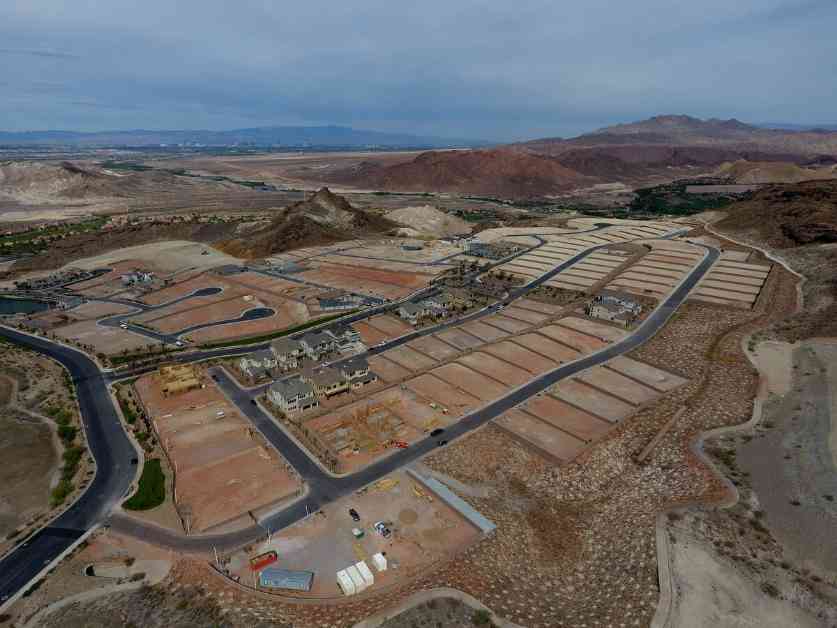After reading the recent article in the local newspaper regarding the push for more acreage for homes in the valley, it is clear that there is a pressing issue at hand. The Nevada Home Builders Association, led by CEO Tina Frias, is advocating for more land to build homes without addressing the critical water shortage that the community is facing.
It is alarming to note that while current residents are being penalized for exceeding water usage limits, new homes are being constructed at a rapid rate of approximately 12,000 per year. This equates to a staggering 1.5 billion gallons of water being consumed annually. The fact that the Nevada Home Builders Association seems indifferent to the water scarcity issue is concerning, as their primary focus appears to be on profits rather than the well-being of homebuyers.
The article rightly points out that the water supply from the Colorado River, which serves as a primary source for Nevada, is not infinite. With Nevada’s water allocation from the river diminishing each year, the unchecked construction of new homes only exacerbates the strain on this valuable resource. It is imperative that we take proactive measures to manage our water resources effectively to avoid facing dire consequences in the future.
In light of these revelations, it is essential for local officials and policymakers to reconsider their approach to urban development. Prioritizing sustainable practices and water conservation efforts should take precedence over the unchecked expansion of housing projects. Collaborative efforts between government agencies, environmental organizations, and the community are crucial in finding viable solutions to address the water shortage issue.
One potential solution could involve implementing stricter regulations on water usage for new developments, as well as incentivizing builders to incorporate water-efficient technologies in their projects. Additionally, raising public awareness about the importance of water conservation and encouraging responsible consumption habits can help foster a culture of sustainability within the community.
Ultimately, the decision to prioritize sustainable practices over unchecked urban development rests in the hands of local officials, developers, and residents alike. By taking decisive action now, we can work towards safeguarding our water resources for future generations and ensuring a sustainable future for our community. It is time to shift our focus from short-term gains to long-term sustainability and resilience in the face of environmental challenges.



